Teaching a multilevel class can be a challenge, but it can also be a rewarding experience for both the teacher and the students. When students are of different abilities and language proficiency levels, creating and adapting materials to meet the needs of each individual can make all the difference in their success in the class. The purpose of this article is to provide tips and techniques for creating and adapting materials for a multilevel class.
Table of Contents
Materials Creation and Adaption for a Multilevel Class
As an experienced teacher, I’ve had the privilege of working with diverse groups of students, each with their own unique abilities and learning styles. In this blog post, I want to share my personal journey and insights on the art of teaching. Join me as I delve into the joys, challenges, and triumphs that come with shaping young minds and creating a nurturing learning environment by using materials creation and adaption for a multilevel class. Together, let’s explore the transformative power of education and the immeasurable impact it has on the lives of our students.

Understanding Your Students
One of the first steps in creating and adapting materials for a multilevel class is understanding the students. This includes assessing their levels, gathering information about their learning preferences and needs, and understanding the common language proficiency levels of the students.
Assessing the students’ levels
A formal assessment of each student’s language proficiency level is important in order to determine their strengths and weaknesses. This information can then be used to create materials that are tailored to their specific needs. There are several assessment tools available, including placement tests, informal assessments, and self-assessments.
Gathering information about students’ learning preferences and needs
It is also important to gather information about each student’s learning preferences and needs. This can be done through surveys, questionnaires, or one-on-one conversations with each student. This information can then be used to create materials that are engaging and relevant to the students.
Understanding the common language proficiency levels of the students
Knowing the common language proficiency levels of the students can also be helpful in creating and adapting materials. This information can be used to determine the level of difficulty of the materials and to make sure that the content is appropriate for all students.
Creating Materials
Once you have a good understanding of your students, you can begin to create materials that are tailored to their specific needs.
Identifying content that is appropriate for the various levels
When creating materials, it is important to consider the level of difficulty of the content. This means finding content that is appropriate for the various levels of language proficiency in the class. This can be done by using authentic materials, such as news articles or videos, or by creating materials specifically for the class.
Creating a syllabus and lesson plans
A well-structured syllabus and lesson plan is essential for a successful multilevel class. This includes a clear description of the goals and objectives of each lesson, as well as the methods and materials that will be used to achieve these goals. It is also important to make sure that the syllabus and lesson plans are flexible and can be adapted as needed.
Creating materials that are flexible and can be adapted
Creating materials that are flexible and can be adapted to meet the needs of individual students is key to success in a multilevel class. This can be done by using materials that are easily modifiable, such as worksheets or handouts, or by creating materials that are specifically designed to be adapted.
Incorporating technology and multimedia resources
Incorporating technology and multimedia resources into the classroom can also be a helpful tool in creating materials for a multilevel class. This can include the use of videos, podcasts, or interactive learning games that are designed to engage students at all levels.
Adapting Existing Materials
In addition to creating new materials, adapting existing materials to meet the needs of the students in a multilevel class can be a useful strategy. In the dynamic setting of a multilevel class, where students possess varying abilities and language proficiency levels, the art of teaching involves not only crafting new materials but also employing a thoughtful approach towards adapting existing resources.
This strategic adaptation proves invaluable in catering to the unique needs and requirements of each student, fostering an inclusive and engaging learning experience. By embracing the task of modifying and tailoring materials, educators can effectively bridge the gaps in comprehension and empower their students to achieve remarkable progress.
Evaluating existing materials for their level of difficulty
When adapting existing materials, it is important to evaluate the level of difficulty of the content. This means determining if the materials are appropriate for the students in the class and if they need to be modified.
Modifying materials to match the level of the students
Once the level of difficulty of the existing materials has been evaluated, the next step is to modify them to match the level of the students. This can be done by simplifying the language, providing additional support materials, or adding more challenging activities for advanced students.
Incorporating additional resources and support materials
Incorporating additional resources and support materials can also be helpful when adapting existing materials. This can include the use of dictionaries, grammar guides, or multimedia resources to support student learning.
Differentiation
Differentiation is the process of tailoring instruction to meet the individual needs of students. This is an important concept to consider when creating and adapting materials for a multilevel class.
Understanding the concept of differentiation
Differentiation can be applied in a number of ways, including adjusting the level of difficulty of the materials, providing alternative activities for students who need additional support, or incorporating technology and multimedia resources into the classroom.
Using differentiation techniques in the classroom
When using differentiation techniques in the classroom, it is important to remember that not all students will learn in the same way. Some students may need more hands-on activities, while others may need more visual or auditory materials. It is important to be flexible and adapt the materials as needed to meet the needs of each individual student.
Providing alternative activities for students who need additional support
Providing alternative activities for students who need additional support is another important aspect of differentiation. This can include offering modified versions of class activities, providing additional support materials, or allowing students to work in smaller groups or with a partner. These alternative activities should still meet the overall goals and objectives of the class and provide opportunities for students to engage with the material and demonstrate their understanding.
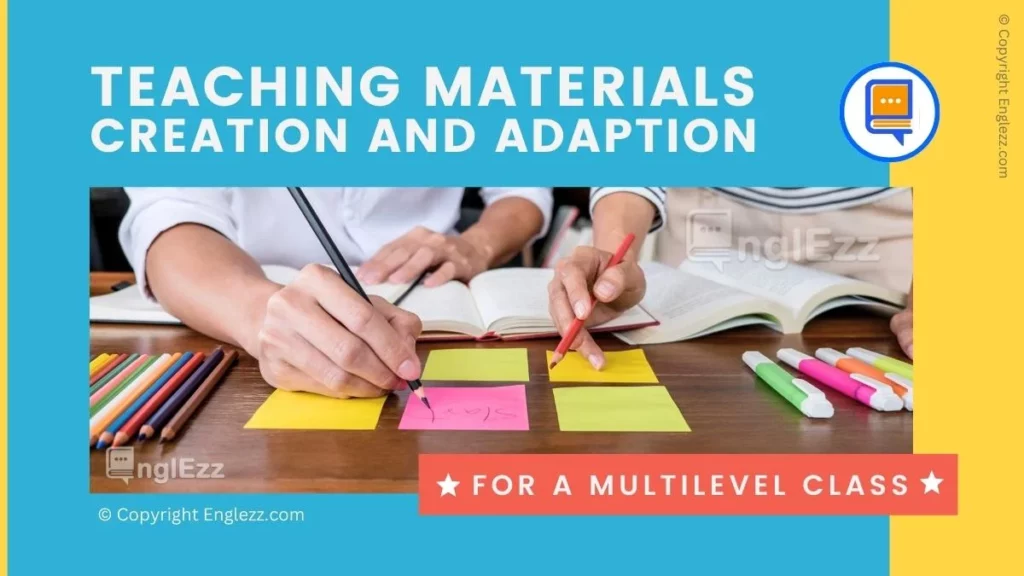
Conclusion
Teaching a multilevel class can be a challenge, but with careful planning and a willingness to adapt, it can also be a rewarding and successful experience. Understanding the students, creating and adapting materials to meet their needs, and incorporating differentiation techniques are key strategies for success in a multilevel class. By following these tips and techniques, teachers can create a positive and inclusive learning environment for all students, regardless of their level of language proficiency.



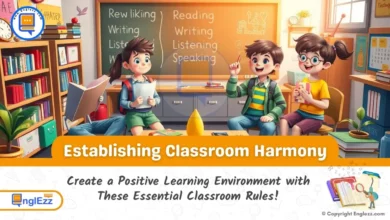
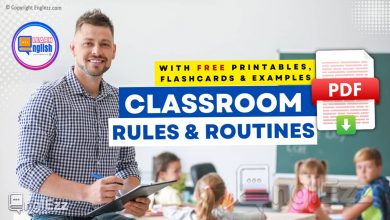
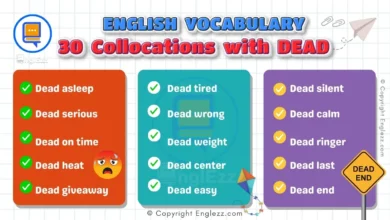
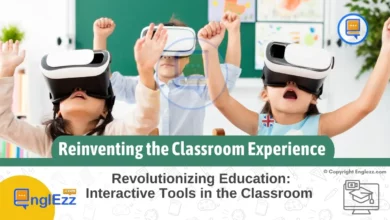
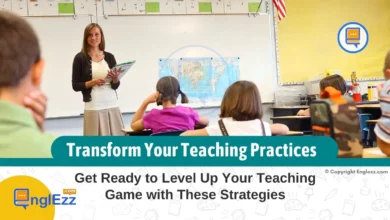
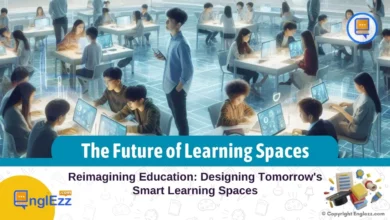
Discover new materials and strategies to create and adapt multi-level classroom activities that engage students of all ages!